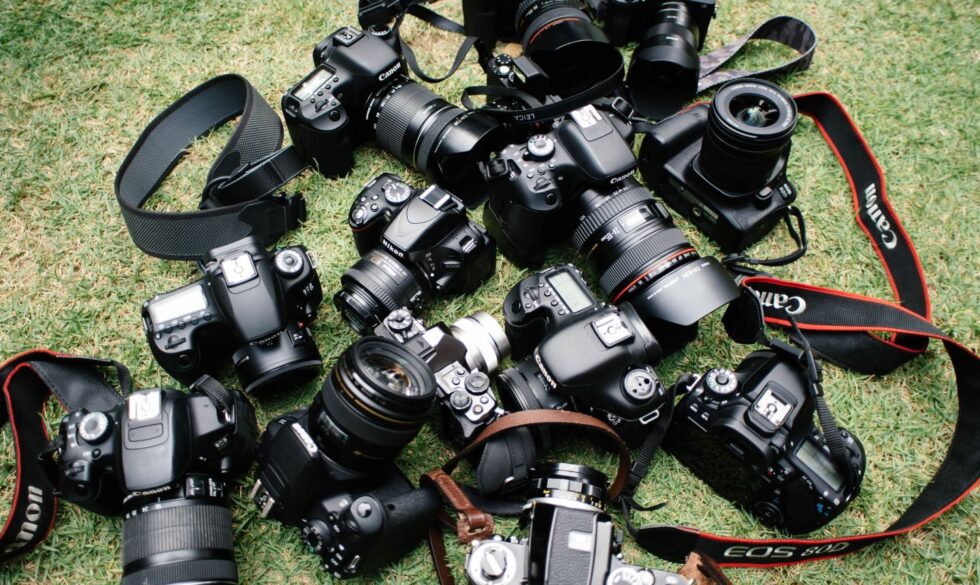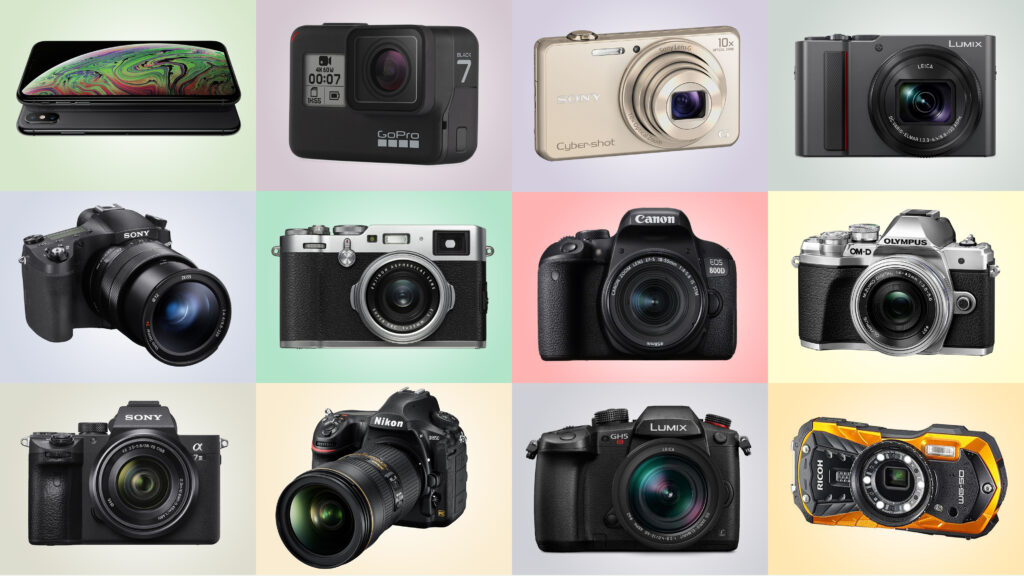Should you up your photography game
and bring some in-house?
Many people are reluctant to ask a photographer if they should bring some of their work in-house. Have no fear, I get asked this question quite often and have been helping business do a great deal of what I do for themselves saving time and money.
Purchasing a camera for your business can be a smart decision depending on what you need to do with the images. Obviously if you are even considering purchasing a camera for your business you have already discovered the limitations of using a smart phone. Conversely perhaps you are not using a smartphone in the right ways.

The type of camera and related equipment you purchase for your business depends on your end game, meaning what are you going to do with your images. The second part of the equation is do you or your staff have the necessary skills to bring your images to the next level using a camera. And finally, the third part of the puzzle is what type of equipment represents the best overall value to your business.
I’ve been teaching business how to fulfill some or all of their photography needs in-house more or less since the advent of digital photography. The digital age gave even the novice shooter the ability to preview their work to see if they were capable of pulling off an acceptable image or not without too much fanfare.
Companies who are good candidates to take some of their photography in-house are those who:
1. Active in marketing and in particular social media.
2. In a competitive market and perhaps one or more of their competitors uses images and marketing very effectively even though they have a far inferior product or service to that of yourself.
3. Value engaging their staff who have interest in the growth of their business.
4. Have ongoing and regular requirements for images and variety to support your marketing efforts.
5. Have staff who are capable or eager to learn how to improve their photography skills.
Most companies I’ve worked with shoot for the 80-20 category. This means that they would like to become capable of fulfilling 80% of their ongoing needs in-house and leaving the rest to a pro with vast experience and the right equipment to handle the more difficult situations.
If you only use images for digital applications, notably social media and you are not very particular with quality you probably DON’T NEED A CAMERA.
Everybody want’s to take better images or at the very least shoot with more variety and perhaps a more compelling perspective. Your smartphone can make you a better photographer whether you use a camera or not. COMPOSITION IS KEY with a smartphone. A camera will simply be a better tool for a higher quality image and greater creative possibilities once you understand how it works. A smartphone does the work for you but in many instances what you get is what you get.

SO NOW YOU HAVE TWO PATHS:
1. You need to determine if you need a camera at all. Maybe you just need to be able use a smartphone more effectively without leaving your training wheels of your phone. You can actually up your game by using ProCamera on the iPhone, Camera FV-5 or Open Camera on Android, ProShot on either, among dozens of others that open up raw mode (raw images contain all of the information captured by the camera and allow much more adjustment after the shot), more advanced and DSLR-like controls, with the exception of actual interchangeable lenses, true zoom functionality and aperture settings. This would be a good introduction to using actual cameras.
2. The second path is to use a camera when you can give up the convenience of a smartphone. This will give you superior images and much greater creative control in most situations. The real key is knowing what tool to use in what situation. I still use a smartphone quite often at work for a variety of reasons. A phone works very well under optimal conditions, meaning soft bright light and when the images are intended to stay on a phone or tablet or intended to be viewed on your website.
If you distribute images to the media, customers or industry colleagues for them to use on your behalf than bigger and higher quality is definitely better. Period. Always use a camera.
The caveat to using a camera is that much of the magic and work begins once the image has been captured so you will need tools for managing raw images, adjust them, storing them and so on. Lots of serious photographers use Adobe’s Lightroom or Phase One’s Capture One Pro, but there are free/cheap alternatives as well these editing programs. This shouldn’t be as daunting as it seems as most business uses very similar images shoot in similar situations so once you learn the optimal ways to capture the images like location, time of day, lighting, props etc. you will typically use much of that knowledge over and over. Then editing the images follows the same process. Once you have a program and “workflow” that works best, you simply step and repeat.
Now save the really tough situations for a pro that may require something out of your wheelhouse. Situations include photography in very tough lighting conditions, when you have a very short time to capture a specific image, when you are in a situation when there are no “do-overs” like a speaker or live event that you can’t re-create.
Finally a pro is sometimes just faster and better in some situations and all time is money so it will be easy to see if they can bring you value. I once shot 315 product photos that all required a unique setup in two days. The marketing director said it would have taken her staff a month or more to accomplish that. Any amateur can grab a comparable image as a pro given enough time. The process is called self discovery.
FINALLY
You simply need to ask yourself two questions:
1. How Good Is Good Enough for your Business Images
2. What is your return on investment if you take some of your photography in-house. For many companies the intangible convenience is more than enough to mitigate any associated costs and for others it is a combination of factors.
A camera is a big jump from a smartphone but don’t be intimidated by all the buttons, settings and countless menu options. All cameras work basically the same. As soon as you develop an understanding of just the basics you will unlock endless possibilities.
Imagica offers private photography instruction for business tailored specifically to your needs. We can assist with:
1. Training
2. Equipment procurement
3. Workflow
4. Documentation to integrate into your staff materials
5. Critique and advancement
6. Consultation
I’d like to give you all the tools you need and perhaps be “the guy” you use for the 10% or 20% of the time you can’t do it yourself. Even then, you are free to tag along and maybe even try it for yourself the next time and ask questions along the way. Contact Perry to discuss the possibilities.



